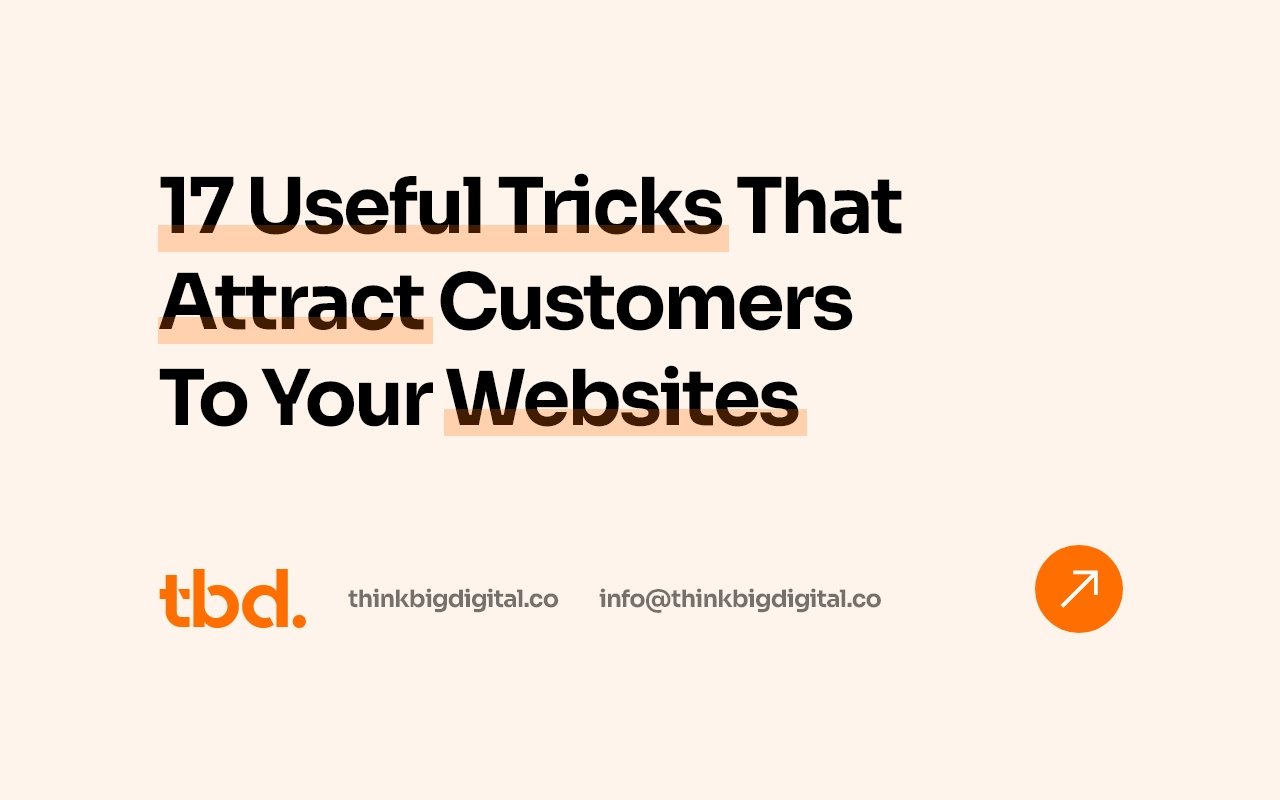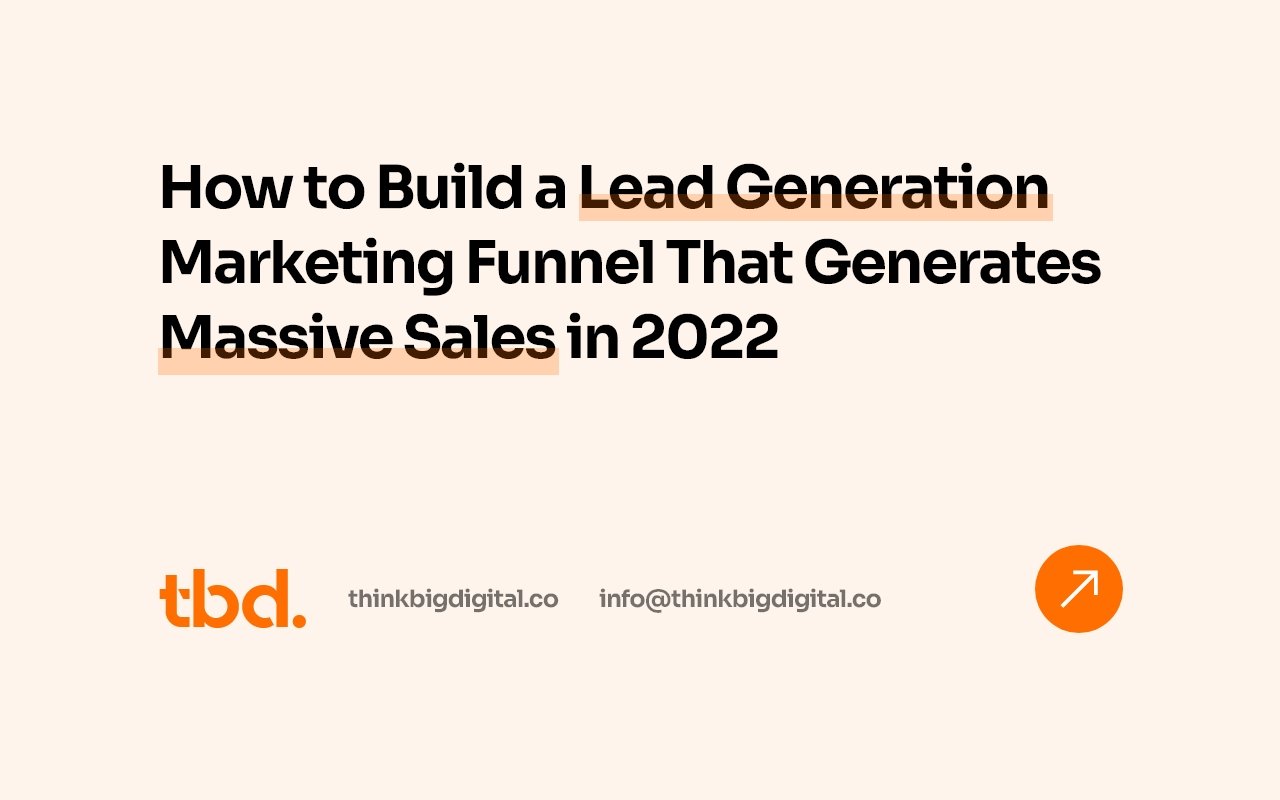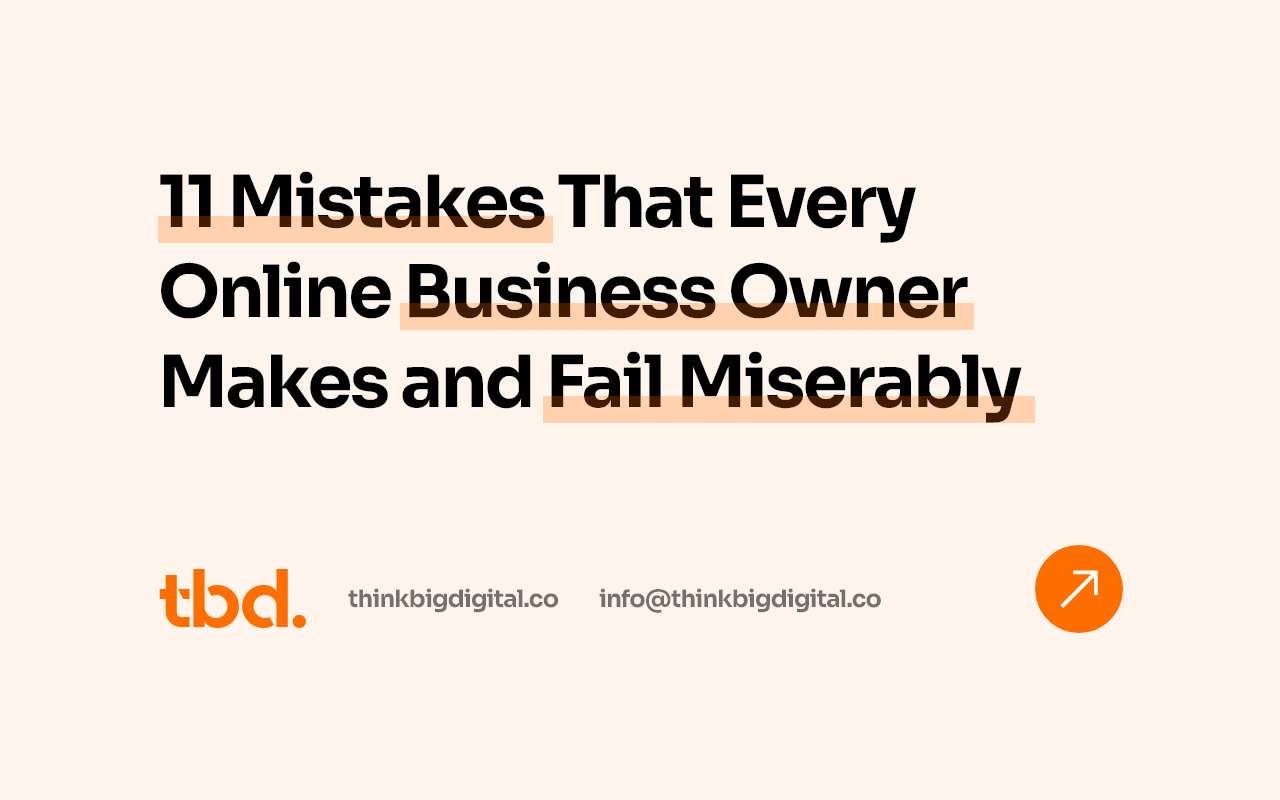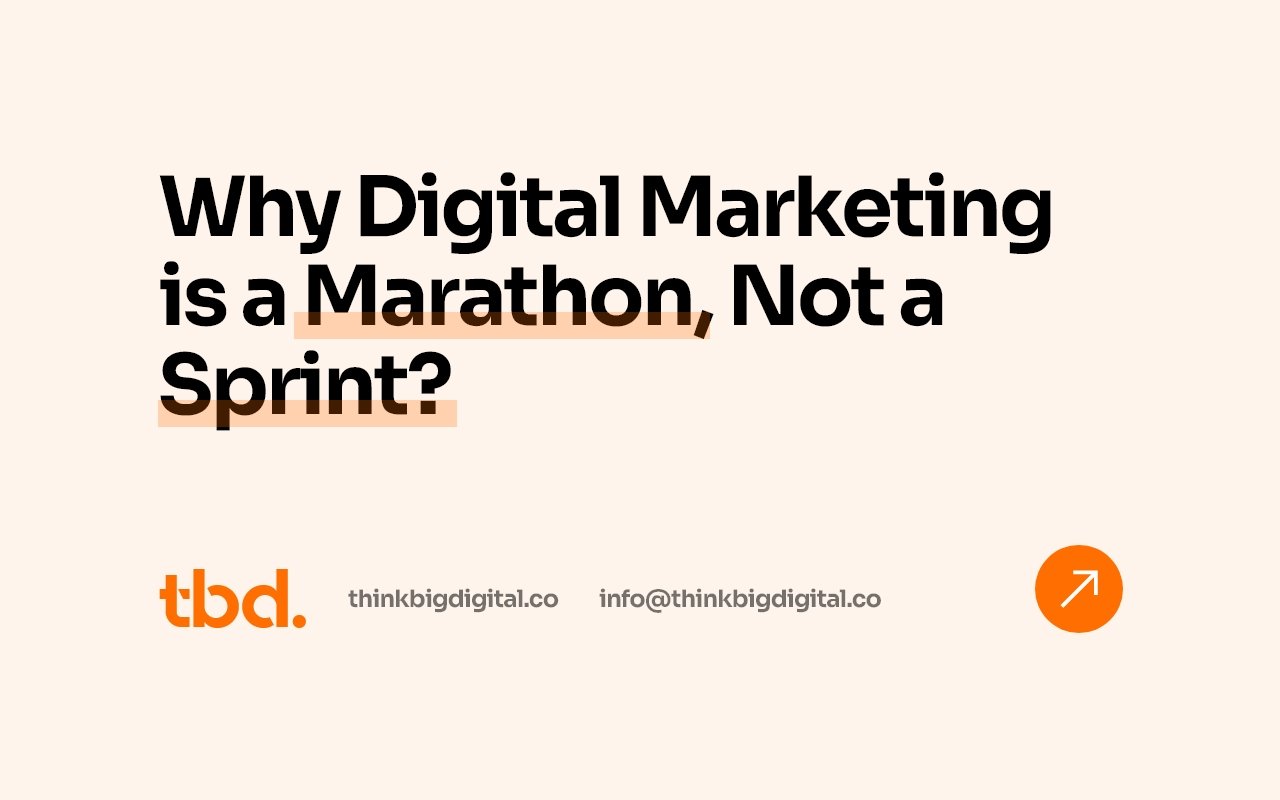Have you ever wondered what it takes to be a successful marketer?
Why some marketers fail and some succeed even after applying the same marketing knowledge?
Are there any laws that govern marketing?
What are the necessary skills that one needs to learn while proceeding on the path laid by these laws?
In this article, we will try to explore the laws of marketing and also demystify the myths around it.
Whether you are a newbie or a marketing professional, this article applies to everybody who is keen to learn marketing or want to enhance existing knowledge.
The best way to start studying marketing principles or laws is to first clearly understand the term – Marketing.
As Dr. Philip Kotler defines it: “The science and art of exploring, creating, and delivering value to satisfy the needs of a target market at a profit. “
There are many definitions of marketing and many of them are correct in their own way.
For some of them, marketing is computations, data, analytics, and for others its storytelling, creative activities, trust-building, promotions, communication, advertising, etc.
But, which of them is correct?
The answer is, both.
Consider this analogy to better understand this.
We have two symmetrical sections of the brain – called as left cerebral hemisphere and right cerebral hemisphere.
Both of them have their respective functions to do.
According to the research, the left cerebral hemisphere is responsible for calculations, analytics, research, etc.
And similarly, the right cerebral hemisphere takes care of communication, strategy, perception, visual things & so on.
The Marketing Personnel is supposed to be a combination of these two areas.
He/she is able to lead marketing via a mix of these right ingredients.
It is the union of these two areas that gives rise to full-fledged marketing.
As of now, you are able to gauge that Marketing is nothing but a typical Science.
Myth: Marketing is just coming up with new creative ideas every time.
Myth Busted: Marketing is not just creativity, it’s proper science.
Just like science, it deals with the structure and behavior of the perception of a customer by doing observation and experiments.
Marketing recognizes unfulfilled needs and desires.
Myth: Marketing is done after creating the product/service
Myth Busted: Marketing is started even before you create the product/service.
You need to understand the customer and the customer’s needs so that the product/service automatically fits and sells itself.
Marketing is an ongoing communications interchange with customers in a way that educates, apprises, and builds a relationship over time.
Myth: Marketing means to target as many people as possible so that the chances of selling the product/service increases.
Myth Busted: Marketing is perfect when you send the right message to the right person at the right time.
Marketing does not mean just selling.
It means building a trustworthy relationship with the customer, nurturing him, and keeping them happier for the rest of their life.
Myth: The purpose of marketing is to just acquire more and more customers so that revenue can be generated.product/service increases.
Myth Busted: Marketing deals with capturing the minds of the customers by building an effective brand. The money will flow as a byproduct.
You need to constantly retain and nurture your customers by providing them the required value in order to build your brand and succeed.
Myth: You need to give more importance and spend more on marketing than your product.
Myth Busted: Not always, you must give utmost attention to developing your product/service, because ultimately it is going to transform the lives of your customers.
Once you decide to give such importance to your product/service, it will sell by itself.
When the marketing attains this level, trust is established.
With trust, a community starts building organically, and your customers become loyal advocates, repeat customers, and often friends.
They will start referring other people to your product and it will help you to build a brand.
Marketing not only helps to discover your product but it also builds a perception of it in the minds of the people. And after all, marketing is a game of perceptions.
You need to Build a Strong Brand
What is the role of creating a strong brand rather than just following the usual marketing approach?
What is a ‘brand’ by the way?
A ‘Brand’ is nothing but just a perception of your customer about your business or services.
As said by the founder of Amazon, Jeff Bezos:
“Your brand is what other people say about you when you’re not in the room.”
Building a brand is in a way building your reputation.
Branding does not happen overnight, it is definitely a process.
But, these ongoing efforts deployed to build a brand will result in establishing a long-term relationship with your customer.
Branding can be divided into three phases:
- Strategy
- Identity
- Marketing
Brand Strategy will decide how you are trustworthy, different, and likable by your ideal customer.
It will communicate your overall purpose to solve people’s problems.
Brand Identity is the way you portray yourself to the public. It includes visuals, messaging, and overall experience.
Brand Marketing is the way that your business connects with your right customers and brings awareness to products or services by providing value and solving their problems.
Discover the purpose of your brand.
If you look at the established brands around, they have attached a specific purpose to them.
Do not try to be #1 among the competition. Be the only one.
People always remember #1 or max #2. (Like the First person to land on the moon).
If you cannot be the leader in a specific category, be a leader in its subcategory. For example, BMW (Sheer driving pleasure), Volvo (Secure), etc.
Why Learn and Master Marketing?
As a professional discipline, marketing is an essential function of any business development.
It explores customer perceptions and drives as the primary roots of profit.
Today marketing is widely recognized as one of the most critical components in the success of any business.
Marketing is not a new concept. It is rooted altogether in human psychology. It existed since the dawn of civilization.
Marketing is the most valuable investment as it gives immediate ROI. (The other areas like production, manufacturing, accounting, HR, etc. are the expenses that do not give immediate ROI)
If you are a founder or co-founder, you need to know all these fundamentals, and you should be a good marketer who knows how to market and sell.
Hence, it is important for you to invest time & energy in learning marketing.
The Importance of Communication in Marketing
The fundamental goal of marketing is to deliver a message to the targeted potential consumers and convince them to perform a specific action, usually to buy a particular product/service.
These marketing messages appear on all business tools, including the brand, logo, website, advertisements, sales materials, and email messages.
This message must express a feeling, need, or thought.
It should try to literally connect the sender and the receiver.
Myth: Good communication means sophisticated English.
Myth Busted: Good communication does not mean just sophisticated English. It does not care about vocabulary and grammar.
The only point to be considered here is whether you are effectively able to transfer your thoughts to the customer.
You need to understand the mind of the people and rather than starting a new conversation, you need to join the conversation that is already running in their mind so that they will feel familiar with you.
Digital Marketing vs Traditional Marketing
While having a marketing budget is crucial for any small business, it’s equally valuable to spend it in the right way and make the most of it.
How do you know where to spend it when it comes to digital marketing vs traditional marketing?
By getting prominence on digital marketing vs traditional marketing aspect, a business can get a better sense of which marketing method is relevant and how it is should be applied.
Traditional marketing is an approach in which marketers recognize their audience and place ads where their audience will see, hear, or interact with them offline, such as print ads, billboards, or television and radio advertisements.
Digital marketing is aided online and uses paid or organic ads on social media or search engines (SEO), as well as email marketing, influencer marketing, and video marketing, content marketing, website content, affiliate marketing, to name a few.
The original fundamental aspect here is the same – Marketing. Traditional and Digital methods are just mediums used for it.
Traditional Marketing methods are often viewed as outdated or irrelevant.
However, many of these tactics are still useful and effective today.
Pros of Traditional Marketing:
This type of marketing works usually best when the businesses are looking to build a larger local audience.
TV/Radio/Print media commercials can reach a vast audience in our country, which also includes people who do not have internet.
Also, it plays repeatedly, where the user cannot skip it without listening to it fully.
Cons of Traditional Marketing:
Poor targeting, which means your ad will get served to the people who may not be interested in it, resulting in higher expenses.
The results cannot be measured in real-time. You never know how many people followed your ad.
Coming to Digital marketing methods, the strategies have evolved quickly because of trends and high penetration of technology.
The no. of people using the internet on their smartphones is increasing exponentially.
Pros of Digital Marketing:
Analytics data can be tracked efficiently in real-time. You can know who clicked on your ad, who opened your email, the demography of the visitors, their interests and behaviors and so many things.
The targeting is based on the interests and behaviors of the users, hence it is less expensive.
You can target a global audience as the reach of digital marketing is world-wide. Using the insights, you can experiment with your ads to further optimize your campaigns.
Cons of Digital Marketing:
Because of the frequent trend/technology changes, you will have to refresh your knowledge, campaigns, learn, and un-learn new skills at a faster pace.
People who have ad blockers or who are premium subscribers of top platforms will not see ads.
So, which is better?
The answer is, depends.
There is a time and place for both marketing methods and they can co-exist.
You can take a mix of these two and effectively try to optimize your campaigns to see which method is providing maximum ROI.
Let’s talk about Niche & How to Select One
You want to start a business, but the thing that’s keeping you back is the market niche you know you need to choose.
And, honestly, this can be tricky: You could list all of your interests and passions and still come away feeling as if you haven’t found the right niche (category) that you want to work upon.
If you’re struggling to decide, you can try and concentrate on three areas: Talent, Passion, and Market.
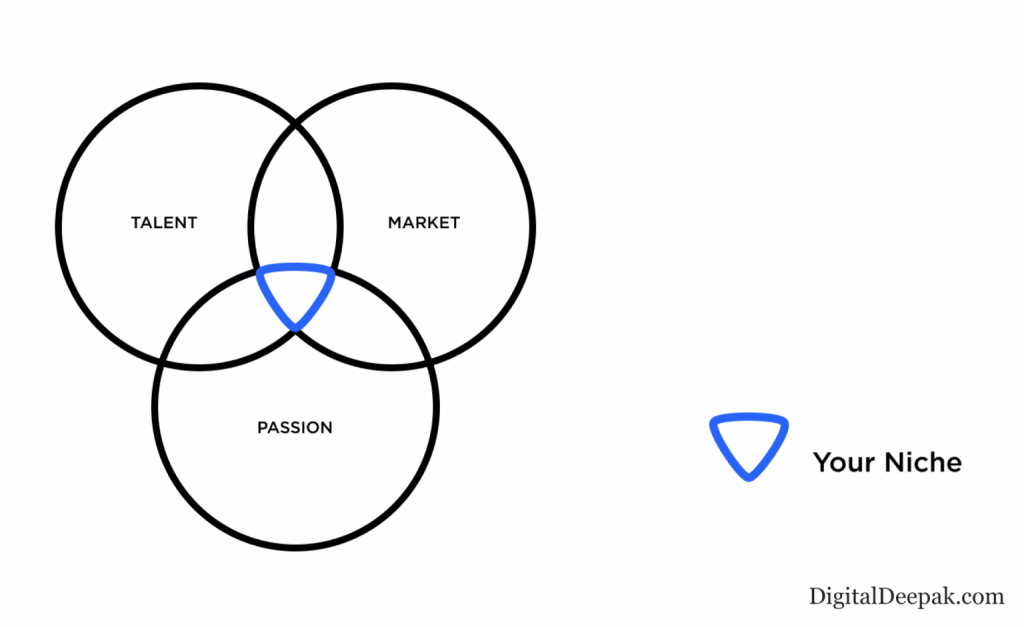
The above diagram is a Venn diagram consisting of three circles, intersecting each other.
Each one represents Talent, Passion, and Market respectively.
The right niche for you should be the intersection of all three.
In other words, for the niche that you’ve selected, you must have the necessary Talent and Passion to keep it thriving, and at the same time, a hungry market for it so that you can serve the market and earn.
If any of the three factors drops, the whole system crumbles.
For example, if you are talented and have passion but your selected niche has no market demand, then you will struggle.
So, it’s crucial to select a niche so that it meets all the three requirements.
You can brain map your niche ideas on a paper or create a mind map to find and analyze your niche selection, along with the market and competitor research for it, to validate the niche.
CATT Marketing Funnel and Framework
A marketing funnel defines your customer’s journey with you.
A marketing funnel map paths of your customers to conversion and beyond, from the initial stage where they learned about you to the transformation stage where they purchased from you.
Here, we are describing CATT Funnel and Framework, which will help you to map your customer journey.
Let’s dive into it.
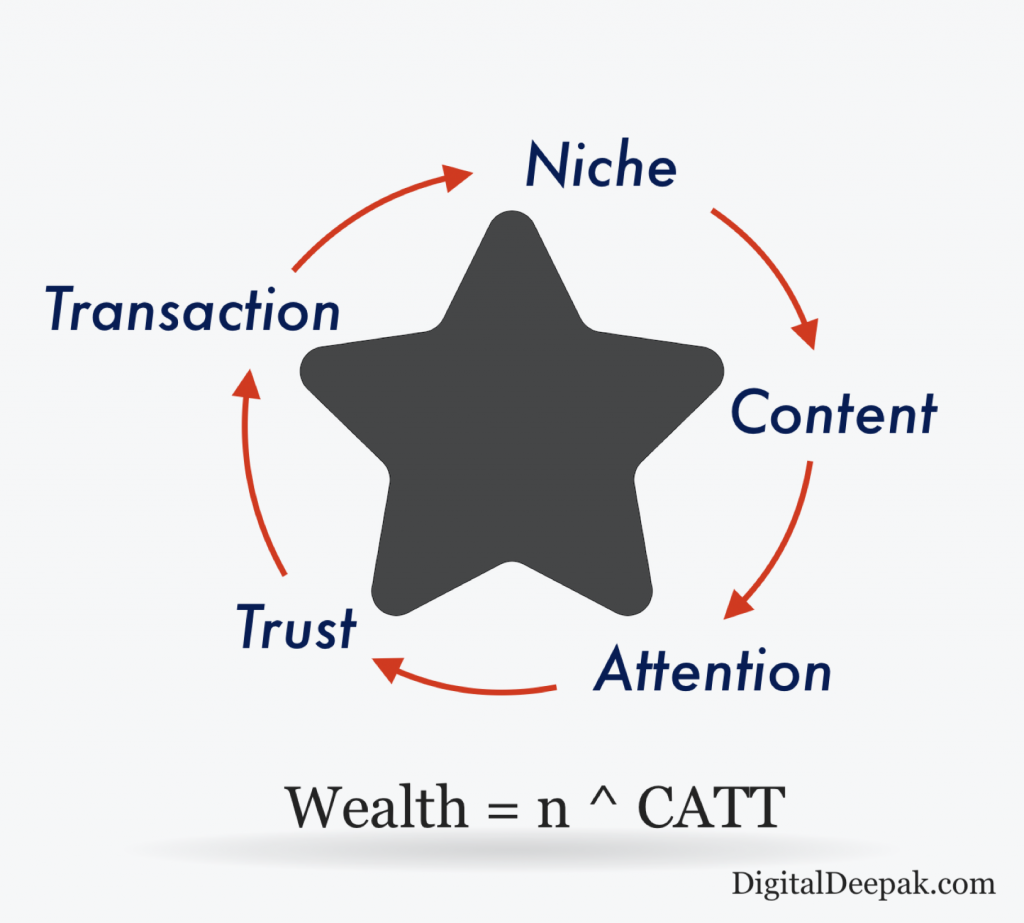
Wealth = n^ CATT
[n] – Niche
Your success and wealth depend upon the niche that you choose.
You choose a niche with a hungry market where people have an active problem and you are targeting to solve their problem.
Do not try to be everything to everyone.
Niche selection is very important as it deals with the success that you will gain by selling your product.
[C] – Content
You will create useful content like blog posts/videos/webinars/lead magnets etc. that will attract the people from your niche.
Content will be your most important asset to drive people and build a tribe around it.
[A] – Attention
You need to drive traffic (attention) from Social Media, SEO, Paid Ads, and referrals.
[T] – Trust
You need to build trust with your audience by retargeting, tripwires, marketing automation. Without getting trust, your audience will not move ahead to purchase.
[T] – Transaction
You need to convert your leads into customers using natural sales methods. Natural sales happen when enough trust is built.
The effectiveness of the above CATT Funnel determines how much wealth you will make.
Integrated Digital Marketing: What is it and Why you need it?
If you look around nowadays, you’ll see far too much advertising and marketing.
As search engines continue to evolve, so, too, must our strategies for maintaining a strong online presence. Gone are the days where little one-off marketing techniques made an impression.
So, if you want to drive more reliable results, you need to cut through the noise of marketing.
You need to combine all such digital strategies into an “integrated digital marketing” campaign so that you will be able to create this experience for your website visitors.
Integrated digital marketing is the integration of multiple marketing strategies to form a cohesive online strategy for your business.
These multiple strategies include Content Marketing, Email Marketing, SEO, Paid Ads, and Social Media Traffic.
Let’s talk about the Integrated Digital Marketing Framework.

For example, in the above image, you can see the overall idea.
First, you will create the required content.
You will use SEO to bring organic traffic to it.
Paid Ads will bring paid traffic to your content.
Content can be shared on social media as well so that it will gain social traction and website traffic.
You can also share the content by email marketing and engage your audience.
All these combined efforts will lead to conversion and sales.
Personal Branding: Why it’s crucial?
In today’s digital age, personal branding is everywhere.
Not only is it crucial to build a brand for your own company, but it is also essential to build a brand for yourself.
When it comes to personal vs. company branding, the statistics are pretty unbelievable when considering who customers/potential clients want to deal with.
According to a Nielsen Report Finding, 90% of buyers trust personal recommendations vs. only 33% of buyers/customers trusting company messages.
People buy from who they trust and feel satisfied doing business.
Your content should concentrate less on what you do professionally and more on who you are personally.
Personal branding empowers you to control your own image without placing it in Google’s hands.
People want to hear from people, not from brands.
A personal brand becomes an influencer and brand ambassador for the companies they run.
There are some downsides to this also like you cannot sell it or it can’t be invested in.
But, at the same time, the personal brand can influence the purchase decisions of other companies.
The Evolution of a Personal Brand: MassTrust Blueprint
In the evolution of a personal brand, you need to go through below learning stages:
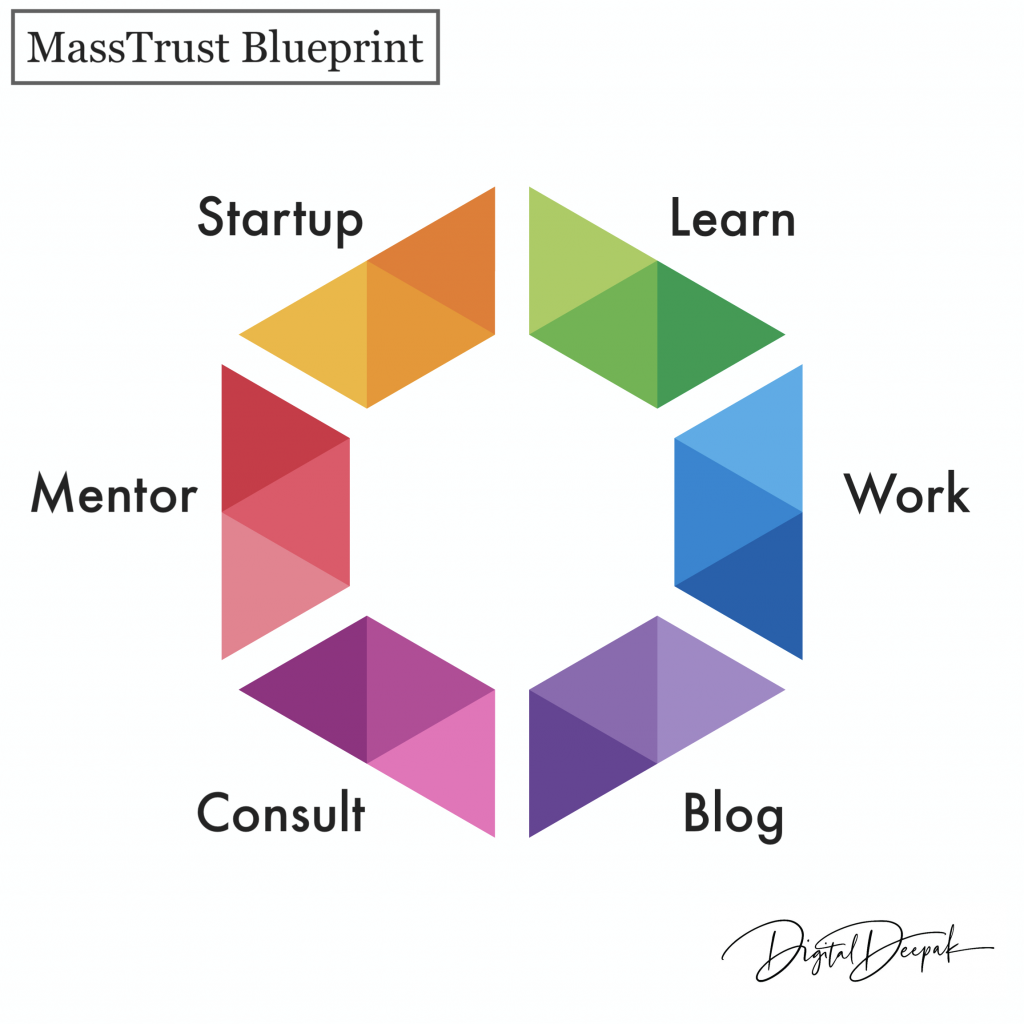
1. Learn
At this stage, you need to learn a new skill. This skill you can learn through concepts, facts, and procedures. Understand the concepts, remember the facts, and implement the procedures.
These steps will enable you to master the skill.
2. Work
Now that you have learned your skills in stage 1, you need to apply them at work. Implementing in the real world will give you a better understanding.
You can work as a freelancer/job/own projects.
3. Blog
At this stage, you try to write what you’ve learned along the way. You need to build a blog and write blog posts on your experiences. This will start building your personal brand.
4. Consult
You can start consulting for other businesses as now you have work experience and learned the fundamentals. Also, as a part of regular blogging, you have sufficiently established your personal brand.
5. Mentor
You are now a stage where you can teach others what you know by mentoring them. It will also help to enhance your own understanding.
6. Startup
Now, at this phase, you have skills, market knowledge, your brand and an understanding of problems in the market.
Now you can start your own product or service as a startup.
This is a continuous evolution process from the Learning to the Startup stage.
At last, Let’s summarize what you’ve learned:
In this article, you have understood the crucial Laws of Marketing, busted several myths around it.
You also learned that marketing is a science and just like science, you must try and experiment with it to come to any conclusion.
You discovered why it’s vital to invest your time and energy in marketing, the difference between traditional and digital marketing, and their respective pros and cons.
You found out how to find your niche and the criteria of a perfect niche.
Most importantly, you acquired the framework of the CATT Marketing Funnel and understood the various stages in it.
You also learned why to apply Integrated Digital Marketing and developing a Strong Personal Brand.
And finally, you realized the MASS Trust Blueprint where your personal brand is evolved.
Let's build something great together😎
Turn your ideas into reality. Get a brand design that your customers will love.
Web DesignUI UX DesignBranding Identity DesignSocial Media DesignCorporate DesignMarketing AutomationEmail MarketingContent Marketing

